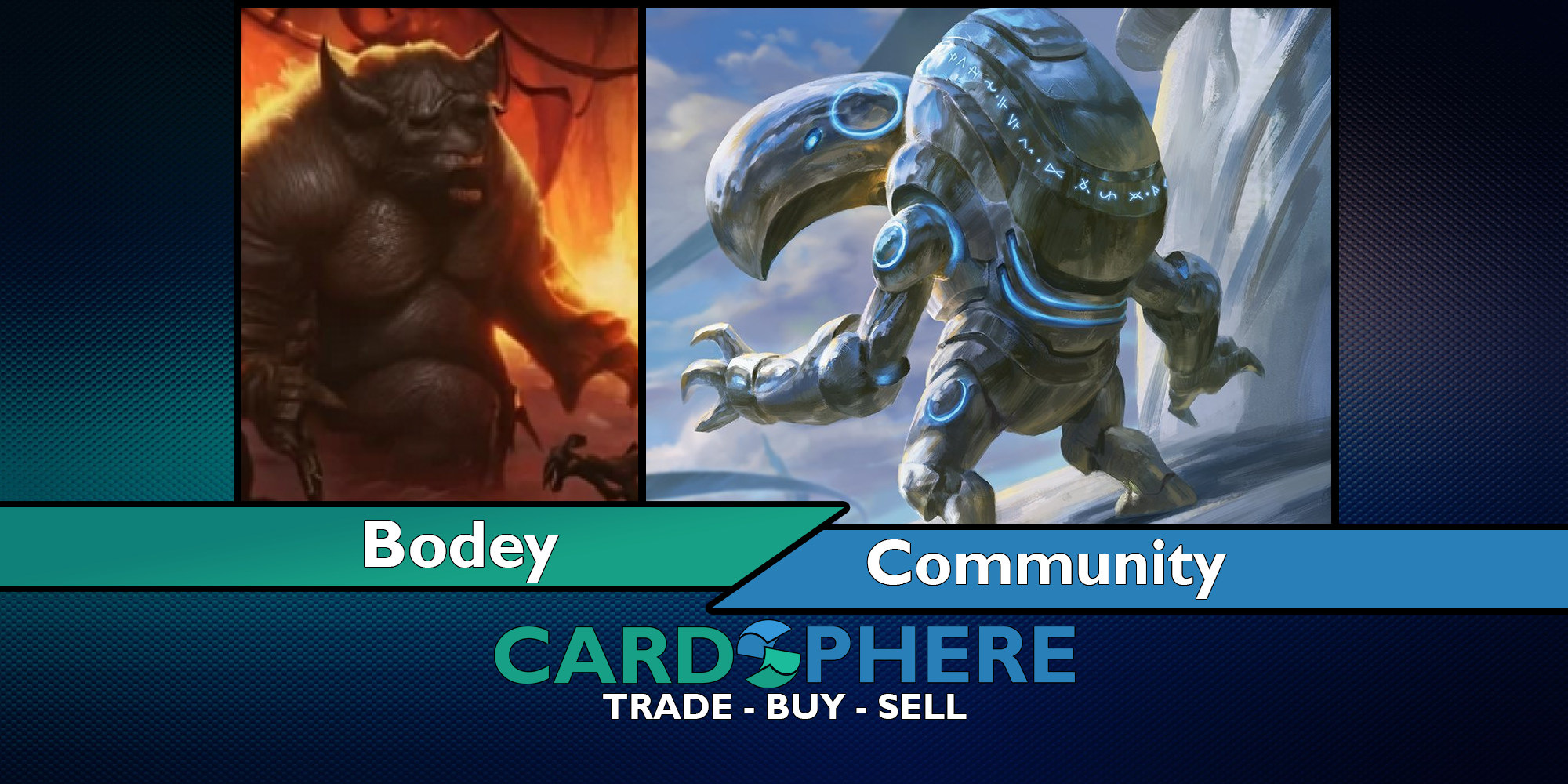The Binder Page Method

A common question that gets asked within the Cardsphere and other Magic: the Gathering marketplace communities is, "How do I ship a lot of cheap cards without spending too much?" No one wants to spend more money on shipping costs than what the cards being shipped are worth, right? That's where the "binder page method" comes in.
If you've been in the Cardsphere Discord server long enough, there's a good chance you've seen some talk about the binder page method. The shipping method isn't unique to the Cardsphere community by any stretch, but it does seem to be a lesser-known method. This article will cover my personal approach to the binder page method and will also touch on some alternative approaches to the method that I've gathered from other community members.
What is the "Binder Page Method"?
In short, the binder page method leverages the plastic 9-pocket pages that are used in three-ring binders for card storage. Cards are placed in each of a page's pockets and slid into a PWE (plain white envelope) that is then shipped off for the cost of regular letter postage (and a little extra depending on weight and rigidity).
The advantage of the binder page method is its cost effectiveness, especially for shipping low value cards. Being able to send a couple dozen cards while staying within PWE parameters makes shipping significantly cheaper than trying to ship a parcel or small package. It can also enable sending bulk packages internationally without breaking the bank or hassling with filling out customs forms.
At this point, I should note that I live in the United States of America, so the advice and shipping details of the binder page method come from that perspective. I've used this method to ship domestically as well as to a handful of countries around the world without issue, but your mileage may vary outside of the USA.
What You'll Need
The critical piece and the namesake of the method is what you'll need. The 9-pocket pages work the best because their width makes them fit snug inside of a #10 envelope (i.e. the long ones).

In my approach to the binder page method, I cut the 9-pocket page horizontally into three rows. I'll use only one of these rows per envelope.
Packaging
Next comes the cards. Personally, I am willing to put up to nine cards in each of the page's pockets. This means that for a single row of three pockets, there can be up to 27 cards. Some users will advocate more or less but I'm not one to push the limit of what can be shipped, so a cool 27 cards is where I draw the line.

To package the cards, take the cards going into one of the pockets and first put them in a penny sleeve. The penny sleeved cards are then inserted into the pocket with the penny sleeve opening inserted first. This helps prevent the cards from sliding out the opening of either the sleeve or the pocket during transit.
However, this can sometimes trap excess air so be sure to press that air out as best as you can. I recommend penny sleeves here because they are oversized and can easily accommodate so many cards. Some standard-sized sleeves can work but at the risk of being too tight and potentially damaging to the cards.

After the cards have been inserted into their sleeves and the page pockets, I like to wrap the whole thing in a piece of paper. The paper adds a bit of opaqueness to the envelope's contents and provides a place to write the Cardsphere package number.

Once in its paper sleeve, the whole thing gets placed in the #10 envelope, sealed and stamped.

Shipping Costs
My rule of thumb for postage on a binder page method envelope is "an ounce for every 12 cards." If the package is 12 cards or less, one 1 oz. stamp ought to cover it (a forever stamp for the USA folks). Then tack on an additional 1 oz. stamp for up to 12 cards after that. If using a thin piece of cardboard or anything similar for extra stability or if pushing 25+ cards, I'd recommend to consider paying for the non-machinable surcharge as well.
Other Suggestions
As I mentioned at the top of the article, there are some good alternative approaches to the binder page method. My approach is not the end-all-be-all and ultimately, I advocate for anyone to use what works the best for them.
Instead of cutting the 9-pocket page into horizontal rows, an alternative would be to leave the page intact and place the cards in the middle or bottom row of pockets. This leaves the empty rows to be folded over, covering the openings of the pockets that the cards were placed in, similar to the wrapping paper.
Additionally, piggybacking on the above usage of the entire page, some users have had success with inserting cards into every pocket, then folding the rows on top of one another and placing into the envelope. If you can safely package cards this way and pay the correct postage, it might be a cheap way of shipping an entire deck.
End Step
That's it. That's the "binder page method." While it can be extremely useful for sending larger packages of cards for cheap, it's not any more or less susceptible to postal service snafus than a regular PWE and toploader or Shipping Shield. I would highly recommend giving it a try but to also be sure you are applying the correct postage and not over-stuffing envelopes.
Let me know on Discord if you have any suggestions from your own experiences using the binder page method. I like hearing what works for others so that we as a community can learn and grow together.
